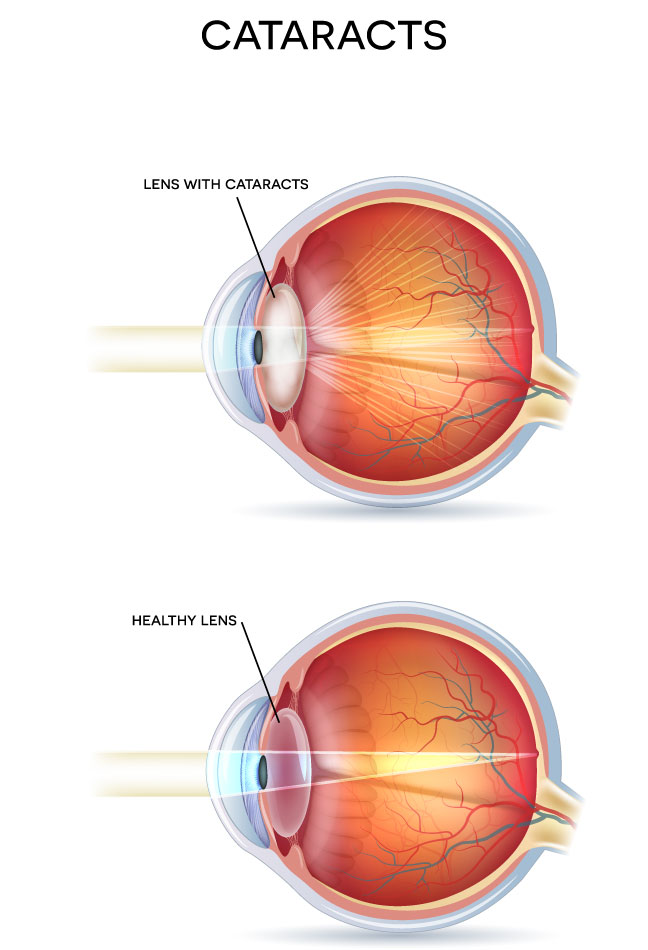Posted by: Georgia Eye Physicians and Surgeons in Latest News
The eyes are extremely intricate and complicated organs, and there are many different conditions that can have a profound effect on your eyesight. Some are relatively mild and easily corrected while others can cause permanent visual impairment or even blindness. Among the most serious of these conditions are cataracts, the most common cause of blindness in adults over the age of forty worldwide. But despite their widespread prevalence, many still do not understand exactly what causes cataracts or how they can be prevented or treated. Here is some valuable insight about this extremely common vision problem.

More than half of Americans over the age of 65 have cataracts, but they do not only affect the elderly. Infants are sometimes born with cataracts as a result of infection, injury, or improper development. Secondary medical conditions like diabetes or traumatic eye injury can precipitate the development of cataracts as well. Although the direct cause of cataracts is uncertain, exposure to any form of radiation, even the ultraviolet radiation present in common sunlight, has been found to increase their likelihood, and studies have shown that people who smoke double their chance of forming cataracts.
In most cases, diagnosing cataracts is relatively straight-forward. While many other eye conditions, like myopia or astigmatism, can cause blurry vision, cataracts produce distinctive signs and symptoms that are easily recognizable. Those suffering from cataracts experience blurry vision at every distance, not just when viewing objects up close or far away. Early in the progression of the disease they can become particularly sensitive to glare and have difficulty seeing clearly under bright conditions. As the cataracts progress, they can affect color vision, taking on a brownish or yellowish tinge that makes it harder to distinguish blues and purples. Eventually this darkening can make it difficult to drive or even see at night or in dim illumination.
Many patients choose to delay the treatment of cataracts until they start to seriously impair vision, as small cataracts in the early stages of development are often unnoticeable. Eventually, however, the cataracts may grow severe enough to require cataract surgery. During this procedure Dr. William Segal uses the LenSx® laser (the newest and most advanced technology available) to create a small incision in the side of the cornea through which the damaged lens can be removed. An artificial intraocular lens, or IOL, can then be inserted into the lens capsule to replace the damaged lens as a permanent part of the eye. If you fear you may be suffering from cataracts or if you have any other questions about the health of your eyes, please contact Georgia Eye Physicians and Surgeons today to schedule a comprehensive eye examination. Be sure to follow us on Facebook, Twitter, and Google+ for more information on how to keep your vision healthy.

